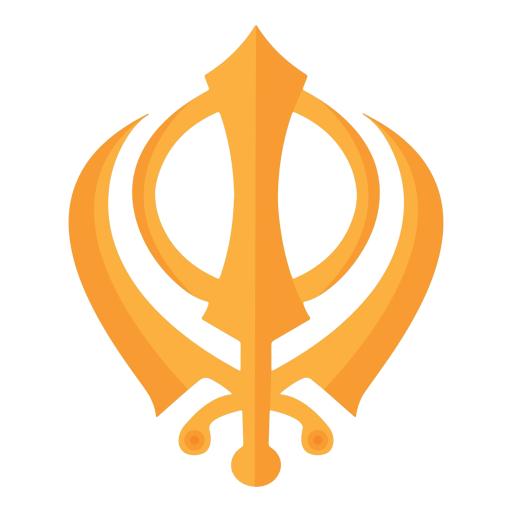BHAGIRATH, BHAI, whose name occurs in the roster of leading Sikhs in Bhai Gurdas, Varan, XI. 18, was a Soini Khatri. He entered the Sikh faith in the time of Guru Arjan. From the Guru himself he received enlightenment and learnt to distinguish a true gurmukh (one with face turned towards the Guru) from a manmukh (an egoridden one). See BHULLA, BHAI
GULAB CHAND, son of Bhai Sadhu of village Malla, in Faridkot district of the Punjab, and Bibi Viro, daughter of Guru Hargobind (1595-1644), fought along with his four brothers in the battle of Bharigani (18 September 1688), near Paonta in present day Himachal Pradesh, in which two of his brothers, Sarigram Shah and Jit Mail, were killed. Guru Gobind Singh describes Gulab Chand, in his account of the battle in his poetical work, Bachitra Ndtak, as a mighty hero "whose face lightened up at the prospect of joining action on the field of battle."






